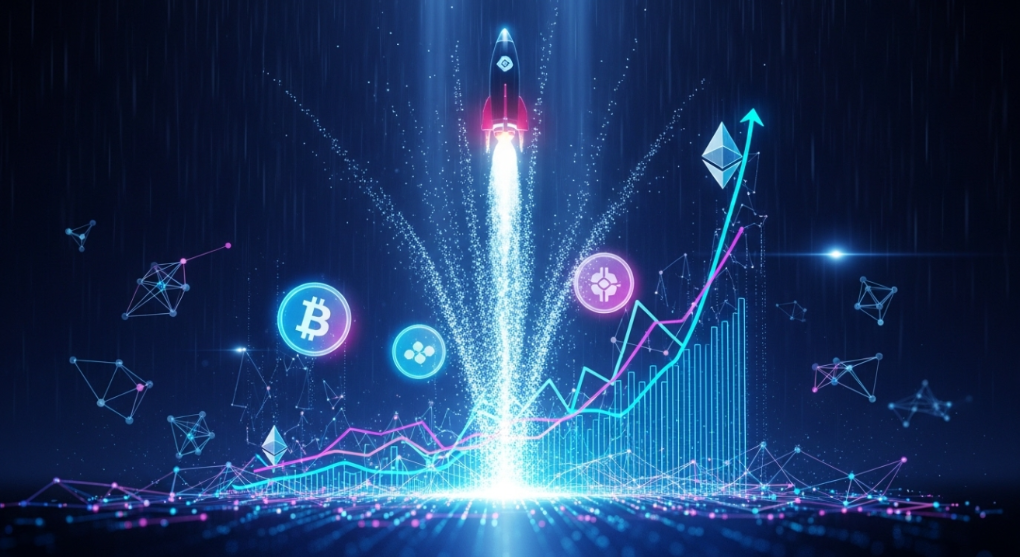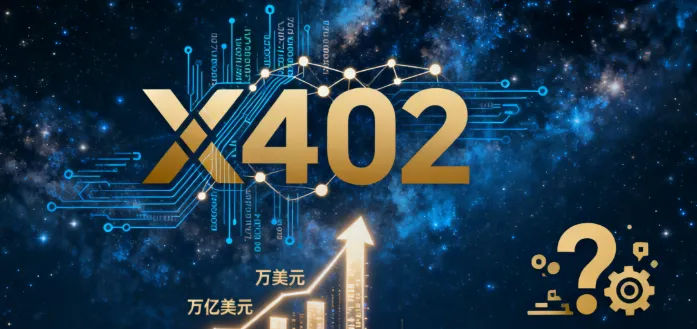1. Launch of Plasma Mainnet and Core Mechanism of XPL Token
On September 25, the Layer 1 public chain Plasma mainnet, focused on the stablecoin ecosystem, officially launched, with its native token XPL also making its debut, having a total supply of 10 billion tokens. As the core for gas fees, staking, and ecological rewards, XPL quickly gained market favor. The Beta version of the mainnet achieved EVM compatibility, allowing developers to seamlessly deploy DApps; it adopted the PlasmaBFT consensus to enable zero-fee USDT transfers, alleviating congestion issues seen in chains like Tron. By integrating ZK technology, it enhanced scalability, allowing users to earn high APY stablecoin yields by staking XPL. On the launch day, XPL was listed on exchanges such as Binance, OKX, and Bitget, with its market cap soaring to $2.4 billion, surpassing the Gate Launchpad ICO (selling 3 million tokens at $0.35). Market sentiment showed significant fluctuations in the early stages, with the volume of related posts on social platform X surging by 100,000 within two days, with several industry KOLs dubbing it the "stablecoin killer." Additionally, Plasma's integration of ZK technology to enhance network scalability allows users to directly earn stablecoin yields through XPL staking, with high annualized returns becoming a key factor attracting capital inflow.

2. V-Shaped Price Reversal of XPL and Key Trading Data Analysis
After its listing, XPL experienced significant price volatility. The opening price on September 25 was $0.78, with a daily low of $0.68, but a strong rebound occurred in the following trading days. Between September 26 and 27, XPL surged from the low of $0.68 to $1.67, marking an increase of 113% and setting a new historical high. By September 27, the price further rose, closing at $1.62, with a single-day increase of 33.36% and a daily trading volume of $3.325 billion, stabilizing its market cap at $2.849 billion. This rebound trend is closely related to the rising popularity of the stablecoin sector and strengthening technical indicators: the RSI indicator rebounded strongly from the oversold zone to above 60, and the MACD formed a golden cross signal, indicating that bullish forces were gradually taking over. Large transactions also boosted the market, with an anonymous address purchasing $33 million worth of XPL in a single transaction, directly pushing the price up by about 20% in one day.
Table 1: Daily Price Records of XPL (September 25-28, 2025)
| Date | Opening Price | Highest Price | Lowest Price | Closing Price | 24-Hour Change (%) | |------------|---------------|----------------|---------------|----------------|---------------------| | September 25 | 0.78 | 1.43 | 0.68 | 1.27 | 62.40% | | September 26 | 1.27 | 1.42 | 1.12 | 1.22 | -4.43% | | September 27 | 1.22 | 1.67 | 1.19 | 1.62 | 33.36% | | September 28 | 1.62 | 1.68 | 1.58 | - | - |
Data Source: AiCoin
3. Explosive Growth of TVL and Rapid Expansion of DeFi Ecosystem
After the launch of the Plasma mainnet, its total value locked (TVL) showed remarkable performance. On the first day, it surpassed $2 billion, and funds continued to pour in, with users depositing large amounts of USDT, USDC, and other stablecoins to participate in XPL staking incentive activities. By September 28, the TVL had climbed to $4.363 billion, with a cumulative growth rate of 3895% over four days, ranking 17th among DeFi public chains.
The surge in TVL is primarily attributed to high-yield incentives and the zero-fee transfer mechanism, which also poses competitive pressure on traditional stablecoin chains like Tron. If USDT continues to migrate from other chains to Plasma, it may impact the market position of assets like TRX. In terms of ecological cooperation, Bybit will support zero-fee USDT transfers on the Plasma network starting September 29; Bitget Launchpool launched a reward program of 2.2 million XPL; Falcon Finance launched its native stablecoin USDf, supporting cross-chain bridging of multi-chain assets and deeply integrating with the XPL governance module. Additionally, decentralized perpetual contract exchanges like Aster and Hyperliquid have begun migrating liquidity to Plasma, further strengthening its on-chain signal.
Table 2: Daily Changes in TVL of Plasma Network (September 25-28, 2025)
| Date | TVL (in billions) | Daily Growth (in billions) | Growth Rate (%) | Main Driving Factors | |------------|--------------------|-----------------------------|------------------|------------------------------------------| | September 25 | 2.0 | 2.0 | 1000 | Mainnet launch and airdrop activities | | September 26 | 3.14 | 1.14 | 57 | Inflow of funds into DeFi protocols | | September 27 | 4.0 | 0.86 | 27.39 | Increased cross-chain bridging of stablecoins | | September 28 | 4.363 | 0.363 | 9.08 | Integration with cooperative platforms and reward releases |
Data Source: DefiLlama On-chain Statistics
4. Technical Architecture Advantages and Ecological Development Potential
The technical architecture design of the Plasma network highlights its professional advantages in stablecoin processing. The network adopts a modular architecture design, separating the consensus layer, execution layer, and data availability layer, achieving greater flexibility and upgradability. Its unique account abstraction feature allows users to pay gas fees with any token, significantly lowering the entry barrier for new users.
The core PlasmaBFT consensus algorithm has been specially optimized for the small, high-frequency characteristics of stablecoin transfers, compressing the transaction finalization time to under 2 seconds while maintaining a processing capacity of over 5,000 transactions per second. This performance metric is significantly higher than that of traditional public chains, laying the foundation for large-scale commercial applications.
In terms of developer ecosystem, Plasma provides a complete smart contract development toolkit and detailed documentation support. Over 50 DApps have been deployed, covering diverse scenarios such as decentralized exchanges, lending protocols, and derivatives platforms. Notably, over 80% of deployed projects choose to support multi-chain operation, indicating that developers view Plasma as complementary infrastructure rather than a substitute.
5. Price Outlook, Risk Warnings, and Investment Observations
The industry holds an optimistic outlook on the short-term trend of XPL, with some analysts believing its price could break through $2, potentially reaching a range of $5 to $24 by the end of 2025, with further listings on platforms like Coinbase in the fourth quarter. In the long term, the integration of ZK technology is expected to reshape the stablecoin infrastructure landscape; if TVL continues to grow, the fully diluted valuation (FDV) could rise to $15.4 billion.
However, investors should also be wary of related risks, including liquidity dispersion, cross-chain bridge delays, and potential volatility from concentrated sell-offs by large holders. Additionally, U.S. users are subject to compliance restrictions and will not be able to fully unlock participation until July 2026. The rise of XPL not only reflects the market's demand for high-performance stablecoin chains but also indicates that competition among public chains has shifted from mere speculation to substantial ecological construction. The reversal of prices from trough to peak within two days further demonstrates that market opportunities often arise from panic emotions.
Join our community to discuss and grow stronger together!
Official Telegram community: https://t.me/aicoincn
AiCoin Chinese Twitter: https://x.com/AiCoinzh
OKX Welfare Group: https://aicoin.com/link/chat?cid=l61eM4owQ
Binance Welfare Group: https://aicoin.com/link/chat?cid=ynr7d1P6Z
免责声明:本文章仅代表作者个人观点,不代表本平台的立场和观点。本文章仅供信息分享,不构成对任何人的任何投资建议。用户与作者之间的任何争议,与本平台无关。如网页中刊载的文章或图片涉及侵权,请提供相关的权利证明和身份证明发送邮件到support@aicoin.com,本平台相关工作人员将会进行核查。




